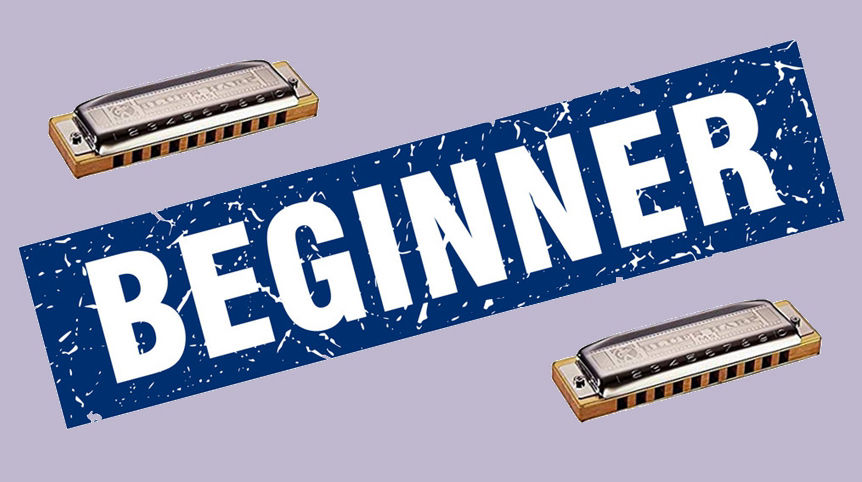

The lessons take place with a video call and it will be like being seated in front of each other, but comfortably from home! Some concepts will be explained to you and exercises will be performed together. While you practice the exercise I observe you and tell you what to do to perform it, as well correcting the posture, the mouth and every other aspect of your performance. Thanks to the interaction with your teacher lesson by lesson, there will be no obstacles you cannot overcome. If you want to learn harmonica followed by professional, you’re in the right place.
As a beginner, you will be guided into the fantastic harmonica world with a course of studies tailored to your needs, your tastes and your goals.
The lessons are always accompanied by printable pdf scores, both for the exercises and for the songs. Each song is provided with the backing track on which to practice and the complete recording. Each time the student finishes learning a song he is encouraged to record his own version. The teacher can provide feedback to the student to improve performance and correct the recording.
Here are some of the topics that will be covered: